New Pokémon Snap Review: Is it worth playing now?
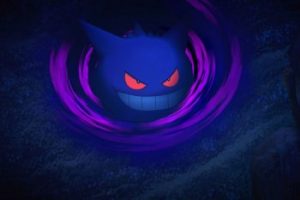
New Pokémon Snap launched in April 2021, a direct sequel to the cult classic original on the N64. Its predeccessor was a well polished but short-lived affair, really feeling like a proof of concept rather than a fully fleshed out game.
But what a concept it is! Exploring exotic terrain taking photos of your favourite Pokémon was a rewarding and calming experience, so can New Pokémon Snap on the switch develop on the original’s promise and deliver a meatier experience whilst retaining the simplicity and charm that made the first game a fan favourite?
Let’s find out…
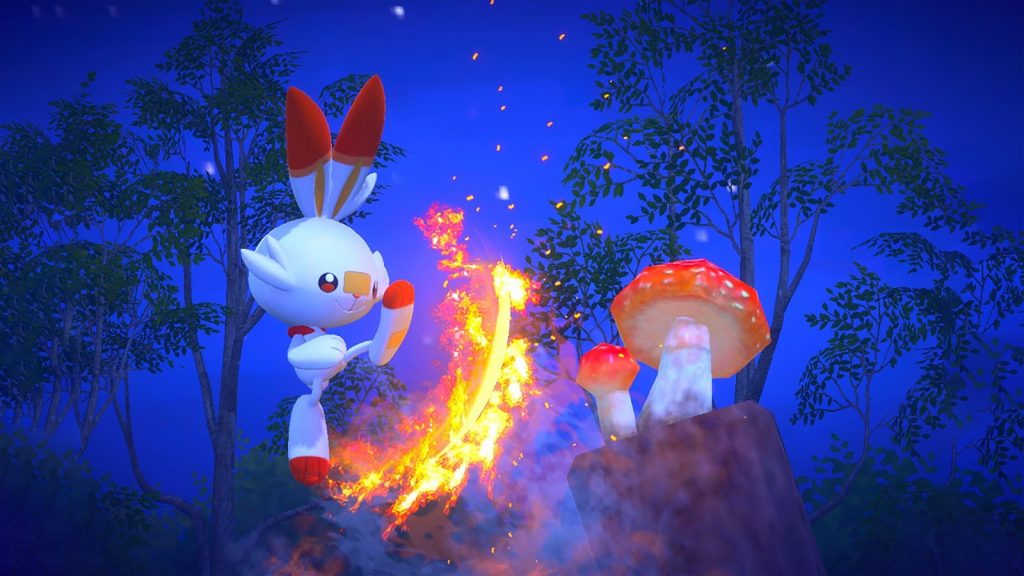
Good
Courses: The original Pokémon Snap featured just 7 courses, which made the experience sweet but all too brief. Thankfully New Pokémon Snap more than delivers in the length department, upping things to 12 courses, most of which also having day/night versions, effectively making them brand new courses in themselves. You’ll also level up within each up to 3 times, with the Pokémon behaving differently depending on your level, so that effectively turns each course into a set of two or three courses in themselves. So many courses.
Layers: The number of courses is great, but the level of detail and density on show within each is really impressive. There’s barely a moment to catch your breath as Pokémon crawl, fly, run and dance around you, interacting with each other and responding to your actions. Over time you’ll unlock things like the fluffruit, energy balls and the flute, which evoke differen reactions from each Pokémon, imploring you to go back through all the levels once again and discover what your new tools can do. It’s brilliantly layered and evokes an almost rogue-lite quality in which you feel every single run of a course is worthwhile, as you’ll invariably discover something new or nab a better photo of a Pokémon than you previously had. I put 25 hours into the game and with each run I’m still finding new things.
Photo ranking: At the end of each run, you’ll come back to the Lab in which Professor Mirror will rate each of your photos. You choose which one to submit, with one per Pokémon allowed, so you often have to make a sacrifice if you’ve nabbed two good ones of the same creature. The ranking system is very well done, with each photo marked based on crteria such as the size and location of the Pokémon, as well as the action its taking and whether any other Pokémon are present. Each creature also has four ‘poses’ to unlock, graded by a star rating, so again you’re encouraged to go back and discover how to trigger a creature’s rarer poses. The ranking is designed well to encourage repeated runs, as you’ll also get a score for each photo you take, which all adds to a total accumulated score, which goes toward you world ranking. Watching yourself climb the ranks with each new improved photo you take is addictive and fun, and kept me coming back for more.
Controls: Snap’s controls are simple and intuitive. You’re on rails so dont have to worry about traversal (although you can slow down and speed up), so you really only worry about moving your camera around and taking snaps. Both analogue sticks are used to do this, with the left stick moving your overall field of view, and the right moving the reticle within it, for more controlled movement. It works really well, and can be picked up by anyone instantly.
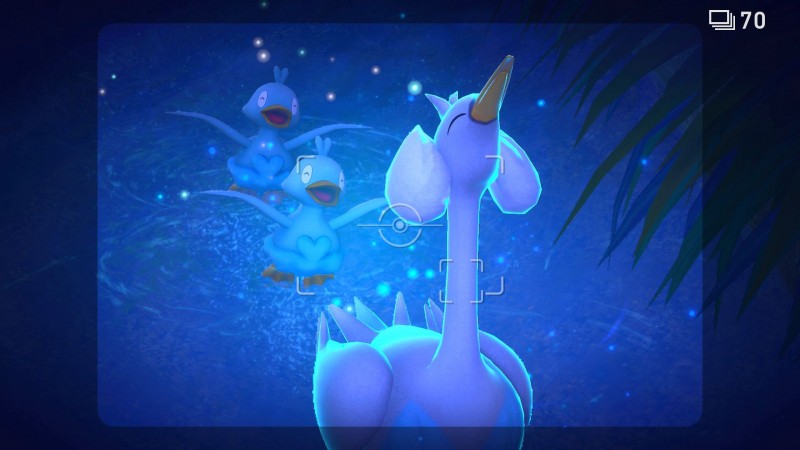
Location variety: It’s great having move courses, and what’s also great is the variety between them. Set on an array of Pacific islands, with a very different biome in each, the game has all sorts of different terrain types covered. You’ve got your standard grassy plains, a jungle, a volcano, a beach, undersea, snowy mountains, and my personal favourite: a mysterous seaon-changing forest. Every course feels unique, with the Pokémon within them fitting the respective context, and the fact theyre only a few minutes long each means you’ll never grow tired of a setting.
Pokémon variety: Snap is seriously dense with Pokémon. Every course is absolutely teeming with different Pokémon falling over each other to get into your shot – over 200 types throughout the game is an impressive feat by the developers, all with unique and varied behaviour, sounds and animations. It’s great seeing Pokémon from every generaiton represented too, with a fair amount of Legendaries thrown in for good measure.
Graphics: This is flat out the best Pokémon have ever looked. I hate to say it, but taking development away from Game Freak and giving it to Bandai Namco really allowed for the veteran developer to flex its muscles and show its knowhow. Each Pokémon retains the series’ original cartoonish vibes, but the style is perfectly executed to bring that cartoonish to life in HD 3D. It really feels like an evolution upon the style we saw in the Stadium games, and less like the unimpressive cel-shaded attempts of Game Freak in Sword and Shield.
Charm: Pokémon themselves have never struggled for charm, and Bulbasaur, Squirtle, Charmander and co never cease to raise a smile when you encounter them, interacting with their environments and each other in a lovely way – but there’s also charm here to be found in the human characters. As you progress you’ll meet more friends in the Lab, and they’re all designed nicely and have fluffy, positive writing that fits in well with the carefree nature of the game. There are snippets of voice acting, but most of the dialogue is in text, and the balance works well so as not to get annoying.
Mixed
Pokémon reactions: When you interact with any of the Pokémon, be it with a fruit, flute, or Illumina orb (special balls you chuck at them), they don’t always respond. This creates an element of experimentation, and again encourages multiple runs where you pass a Pokémon several times, trying out a different thing with each pass. But it feels like there’s not quite enough in terms of frequency of reactions. Most Pokémon don’t respond to the music or a scan, and it feels less than 50/50 whether they go for the fruit, which can get frustrating as you frantically cycle through the different interaciton options. This is in contrast to the N64 game, which whilst oviously a lot more limited in scope, felt like Pokemon reacted to most things you did.
Online: The effort put into Snap’s online functionality is solid, and refreshing for a Nintendo game. You won’t be taking to courses directly with your friends, but rather the online component allows you to browse other people’s photos, with highlights of the week and splits between regions all available. There’s also the world rankings table, which shows how your total score matches up against every other player across the globe, and you can display up to six of your best photos for others to see. It’s all very nice, but where it doesn’t quite work is in the ‘liking’ system, where you can award approval points to other people’s snaps. There’s no real incentive to do so, and equally there’s no extrinsic reward for having your own photos liked. It feels a bit tacked on and not developed enough.
Challenges: Another feature that works well to a degree is the Challeneges. Your Lab-based friends will request challeneges for you for each course, and serve as hints for how to unlock the rarer poses for Pokemon. They range from obvious – “Perhaps Pideot is hungry near this Magikarp” – to quite obscure – “This Onix is doing something strange at night, can you get a better shot?” – and do help to nudge you in the right direction. It’s annoying however that they often pose these challenges after you’ve achieved them, menaing if you’ve already got that Machamp posing in the right way before the challenge is raised, you’ll have to re-take the same shot twice .
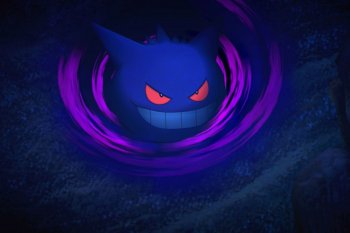
No evolving: Strangely enough for all the attention and craft put into the animaitons of the Pokémon, you never see any evolutions happen in the game – an iconic part of the first Snap. Not a big deal, but a strange omission.
Bad
One at a time: After each run, you select which photos you’d like to submit for your professor’s review. Because each Pokémon has four potential poses to complete, sometimes you’ll end a run with a couple of good snaps of each pose for one Pokémon. Annoyingly, it only lets you select one photo per Pokémon per run for submission, meaning you sometimes have to sacrifice one of the posed shots in favour of another. The game already has enough to encourage you to do multiple runs in an organic, fair and rewarding way, so this restriction seems a bit artificial and unneccessary.
Customisable controls: For some reason, you can only choose between a selection of set control schemes, as opposed to being able to allocate individual buttons to actions. The A button is the default to take a photo – after a few hours and a sore thumb I was crying out for it to be the right trigger, but had no way to set it. To compound my annoyance, the funcitonality for the right trigger is only unlocked right at the end of the game, so it remains unused through most of the experience. Infuriating!
Professor’s picks: Another minor annoyance was that the Professior’s Picks – two of his favourite photos from your collection – go into a special slot on your online profile for people to check out, but never get automatically updated or replaced, meaning you have to go in and ditch them yourself. A minor but annoying quirk.
Flute pain: By far my biggest grievance with the game – the music the flute plays is painful to the ears. So much so that when I’d decide to go on a flute-heavy run, I’d mute the game. Why they made it so grating is a mystery, it sounds like an early 2000’s mobile ring tone. No wonder hardly any Pokémon react to it!
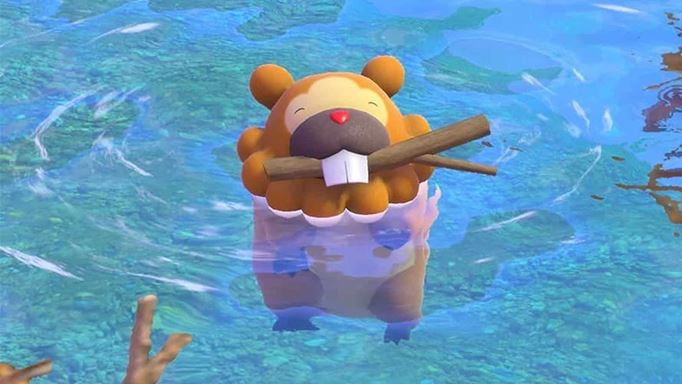
Overall
Despite some minor issues, New Pokemon Snap was probably my most pleasant surprise I’ve ever had on the Switch, and is absolutely worth playing now. It’s a lengthy, addictive and lovingly crafted adventure through a joyful world, filled with your favourite critters from the series, and it’s hard to know what more they could have done to improve it. It’s brilliant stuff and a must for any Pokémon fan.
9/10